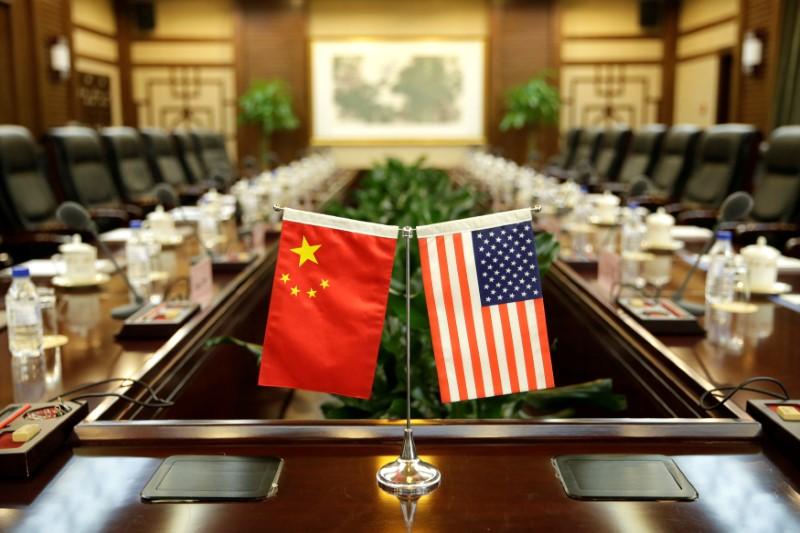US-China ink rice deal
July 22, 2017 | Expert Insights

US and China have inked a historic agreement. China will allow US imports of rice for the first time ever.
This could be a game-changer for the US agricultural sector.
Background
United States and China are the two largest economies in the world. They are both trade partners and geostrategic adversaries. The US-China trade relationship supports around 2.6 million jobs in the United States. US goods and services trade with China in 2016 totaled an estimated $648.2 billion.
In 2017, the two nations engaged in annual dialogue to discuss future of their economic trade. However, the talks were reported as underwhelming. Neither party found common ground and the nations cancelled a scheduled joint press conference.
In the political front as well, relations are strained. US President Donald Trump has repeatedly voiced his dissatisfaction with China.
Analysis
The current agreement will provide opportunity for US rice manufacturers, especially from Louisiana to export their products overseas.
Glenden Marceaux, a rice farmer and president of the Louisiana Independent Rice Producers Association reacted to the news saying, "This is a, I don't want to say a saving grace, but it's definitely a huge accomplishment for the rice industry as a whole.”
The Chinese are massive consumers of rice. China consumes the equivalent of the entire U.S. rice crop once every 13 days. China is expected to import 5.3 million tons of milled rice in 2017-18.
US has been actively pushing for reciprocal and equitable trade. There is a $347 billion trade deficit between the nations currently in favor of China.
Assessment
Our assessment is that while US and China have been unable to reach consensus on issues like Chinese steel and aluminum, the current agreement is indicative of China’s willingness to open their home market. Imports of agricultural products are very sensitive in most countries. We believe that China will continue to open other markets for US products to bridge the trade gap. The grand strategy to build OBOR is to reduce its dependency on US export markets and find alternative markets in Central Asia and Europe.








Comments